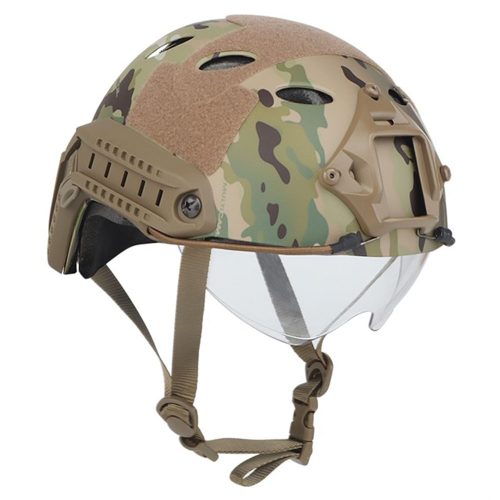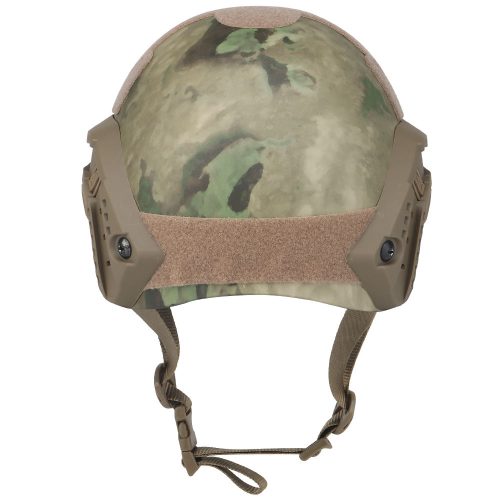The choice of helmet materials depends on the specific activity or sport you’re engaged in, as well as your individual preferences and needs. Here are some common helmet materials and the factors to consider when choosing the best one for you:
- Polycarbonate:
- Best For: Entry-level or budget-friendly helmets for activities like cycling.
- Pros: Lightweight, affordable, and good impact absorption.
- Cons: Less durable and may not offer the same level of protection as more advanced materials.
- Expanded Polystyrene (EPS):
- Best For: Cycling, skateboarding, and other low-impact sports.
- Pros: Effective energy absorption, lightweight, and widely used in many helmets.
- Cons: Less impact-resistant than some other materials and may need to be replaced after a significant impact.
- In-Mold Construction:
- Best For: Cycling and other sports requiring lightweight helmets.
- Pros: Combines a polycarbonate outer shell with an EPS foam liner for added durability and protection.
- Cons: Slightly more expensive but offers better overall performance.
- Multi-Density Foam:
- Best For: High-impact sports like downhill mountain biking.
- Pros: Utilizes different densities of foam to provide superior impact protection and comfort.
- Cons: Tends to be heavier and may have a higher price point.
- Composite Materials (e.g., Fiberglass, Carbon Fiber, Kevlar):
- Best For: Motorcycling, racing, and high-performance activities.
- Pros: Lightweight, strong, and offers excellent impact resistance.
- Cons: Higher cost, but it provides top-tier protection.
- ABS (Acrylonitrile Butadiene Styrene):
- Best For: Industrial helmets, climbing, and certain sports where multiple impacts may occur.
- Pros: Very durable, withstands multiple impacts, and suitable for harsh environments.
- Cons: Tends to be heavier and may not be as comfortable for extended wear.
- MIPS (Multi-Directional Impact Protection System):
- Best For: All activities where it’s available as an added feature.
- Pros: Designed to reduce rotational forces on the brain during an angled impact, enhancing safety.
- Cons: May add to the cost of the helmet.
- SPIN (Shearing Pad INside):
- Best For: Activities where SPIN technology is available, such as certain POC helmets.
- Pros: Similar to MIPS, it’s designed to reduce rotational forces and enhance safety.
- Cons: Limited availability compared to MIPS.
- Custom-Fit Liners:
- Best For: Those who want a personalized fit.
- Pros: Some helmets offer custom-fit liners made of foam that molds to your head shape for maximum comfort.
- Cons: Can be more expensive and may not be as readily available.
When choosing a helmet material, consider factors like the type of activity you’ll be engaged in, your budget, and any specific safety requirements. Always prioritize safety over style, and make sure the helmet meets the appropriate safety standards for your chosen sport. Additionally, ensure that the helmet fits properly and comfortably, regardless of the material it’s made of.


